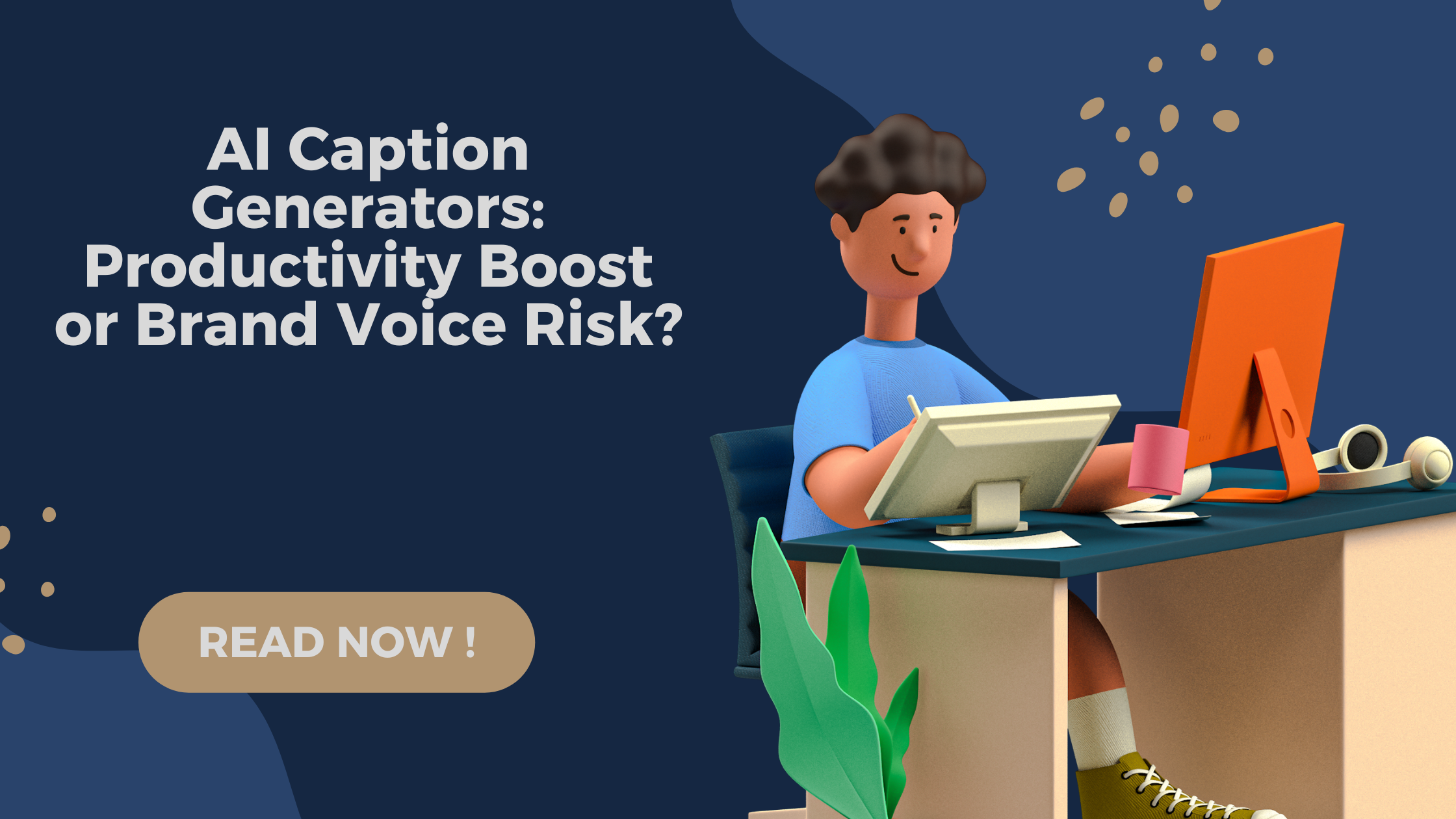Table of Contents
- Introduction: The Era of Screenless Engagement
- What is Zero-UI Marketing?
- The Rise of Voice-Only Interfaces
- Consumer Behavior in a Voice-Driven World
- Technologies Powering Zero-UI Interactions
- Designing Voice-First Campaigns: Best Practices
- Real-World Applications of Voice-Only Marketing
- Optimizing for Voice Search: SEO Strategies
- E-Commerce in the Age of Zero-UI
- Challenges of Voice-Only Marketing
- Case Studies: Brands Leading the Zero-UI Revolution
- Metrics & KPIs for Voice Campaigns
- Future Outlook: Where Zero-UI is Headed
- FAQs
- About Rahul Sinha Digital Solutions (RSDS)
- Suggested Reading (10 Sources)
- Conclusion: Marketing Without Screens
The Era of Screenless Engagement
In a world increasingly dominated by screens, the next big leap in digital marketing is about to remove them entirely. Welcome to the era of Zero-UI marketing — a screenless, voice-first approach that reshapes how brands engage with consumers. As smart speakers, virtual assistants, and ambient tech become mainstream, marketing campaigns must evolve to meet consumers where screens no longer exist.
What is Zero-UI Marketing?
Zero-UI (Zero User Interface) marketing refers to campaigns designed to function entirely through voice, sound, and other sensory inputs, without the need for a visual interface. This means:
- Voice-activated ads
- Audio shopping experiences
- Smart speaker integrations
- AI-driven conversational flows
Why it matters:
- 55% of households in the U.S. are projected to own a smart speaker by 2026
- Over 20% of mobile queries are already voice-based
The Rise of Voice-Only Interfaces
Voice assistants like Amazon Alexa, Google Assistant, and Apple Siri have introduced a fundamental change in human-computer interaction. Instead of visual inputs, these systems rely on:
- Voice recognition
- Natural language processing (NLP)
- Contextual understanding
Example: A user saying, “Order my usual coffee” triggers a contextual shopping experience without ever opening an app.
Consumer Behavior in a Voice-Driven World
| User Action | Traditional Method | Voice-Only Equivalent |
| Search | Typing on Google | “Hey Siri, find nearby salons” |
| Shopping | Browsing e-commerce sites | “Alexa, buy more detergent” |
| Booking | Filling forms | “Book me a cab to home” |
Insight: Users expect faster, intuitive, and hands-free experiences. Voice removes friction.
Technologies Powering Zero-UI Interactions
- Natural Language Processing (NLP) – For context-aware responses
- Conversational AI – To simulate human-like interactions
- Machine Learning – To personalize based on voice patterns
- IoT Integration – For voice commands that trigger physical actions
Designing Voice-First Campaigns: Best Practices
- Keep It Short & Simple: Use conversational copy
- Design for Context: Understand the user’s intent
- Be Action-Oriented: Guide the user toward next steps
- Focus on Accessibility: Ensure content is inclusive
- Build for Trust: Include brand name early in the voice interaction
Real-World Applications of Voice-Only Marketing
- Domino’s: Voice-enabled pizza ordering
- Patron Tequila: Alexa skill for cocktail recipes
- Nestle: Cooking assistance via Google Home
Visual Aid: Flowchart showing voice query > AI interpretation > Actionable result
Optimizing for Voice Search: SEO Strategies
| Strategy | Description |
| Conversational Keywords | Use long-tail, natural phrases |
| Structured Data | Enhance discoverability via schema markup |
| Featured Snippets | Aim for position zero |
| Local SEO | Optimize for “near me” and local intents |
Tip: People use voice to ask questions. Structure content to answer them.
E-Commerce in the Age of Zero-UI
Voice commerce, or v-commerce, is growing rapidly:
- Expected to reach $40B by 2025
- Works best for repeat purchases, subscription models, and reordering
Voice Commerce Funnel:
- Awareness via voice search
- Consideration via smart assistant prompts
- Purchase via voice command
- Re-engagement via reorder prompts
Challenges of Voice-Only Marketing
- Lack of Visual Feedback
- Data Privacy Concerns
- Limited Brand Control
- Voice SEO Complexity
Solution: Brands must prioritize context, create adaptive voice scripts, and comply with ethical AI use.
Case Studies: Brands Leading the Zero-UI Revolution
- BBC: Launched a voice-based news assistant
- Mercedes-Benz: Integrated voice-driven dashboards
- Unilever: Personalized wellness tips via Alexa
Metrics & KPIs for Voice Campaigns
| Metric | Purpose |
| Activation Rate | How often users invoke your voice app |
| Retention | Frequency of returning users |
| Conversion | How many completed actions |
| Query Type Analysis | Understand what users are asking |
Future Outlook: Where Zero-UI is Headed
- Multisensory Campaigns: Combining voice with gesture, touch, and ambient sound
- Emotion AI: Understanding user sentiment via voice
- Voice + AR: Voice interactions overlaid on physical space
FAQs
Q1: Can all brands benefit from Zero-UI marketing?
A: While best suited for fast-moving consumer goods, most brands can implement voice features for support, shopping, or content.
Q2: What devices support Zero-UI marketing?
A: Smart speakers, mobile assistants, wearables, smart TVs, and in-car systems.
Q3: Is Zero-UI marketing expensive?
A: Entry-level skills and integrations can be budget-friendly; advanced campaigns require strategic investment.
Q4: Is screenless interaction accessible to all?
A: Yes, especially for differently-abled users and aging populations.
Q5: What’s the ROI like for voice-only campaigns?
A: Higher engagement for convenience-based products, though measurement frameworks are still evolving.
RSDS is a full-stack digital marketing agency that thrives on innovation. Our services include:
- Voice Search SEO & Zero-UI Campaign Development
- Performance Marketing & Automation
- AI-powered Brand Strategy
- Content, Web, and UGC Solutions
👉 Ready to make your brand voice heard—literally? Visit rahulsinha.in
Suggested Reading (10 Sources)
- “Voice Search Trends in 2025” – Google Research
- “How to Optimize Content for Voice SEO” – Moz
- “Designing for Voice: Best Practices” – Nielsen Norman Group
- “The Rise of V-Commerce” – eMarketer
- “Future of Conversational AI” – Gartner Insights
- “Smart Speakers: Adoption and Use” – Statista
- “How Brands Can Win at Zero-UI” – Think with Google
- “UX for Voice Assistants” – UX Collective
- “Privacy in Voice Interfaces” – Harvard Business Review
- “Zero-UI Design Principles” – Smashing Magazine
Marketing Without Screens
As consumer behavior continues to shift toward voice and ambient interactions, brands must adapt their strategies accordingly. Zero-UI marketing isn’t just a futuristic concept — it’s already reshaping the digital marketing landscape. From voice SEO to smart speaker activations, screenless marketing demands new thinking, new tools, and new ways to connect.
At RSDS, we help forward-thinking brands stay ahead of the curve. Let’s make your brand speak — even when there’s no screen to see it.
Written by the RSDS Content Team





